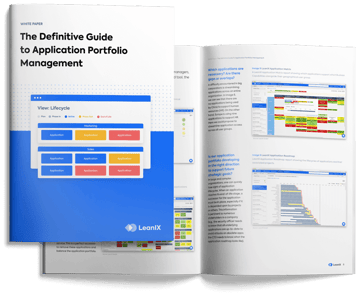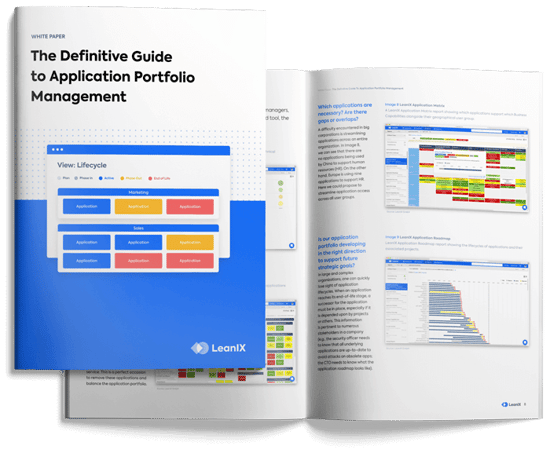Introduction
In recent years, a staggering number of companies have adopted SaaS or Software as Service to offer better services and stay ahead of the competition. However, this willingness to keep up with technology doesn’t come without its own challenges.
After all, SaaS is still quite new and if these third-party applications aren't implemented and managed correctly through good SaaS vendor management practices, SaaS adoption won’t churn out the high business value you’re hoping for.
Read on to find out how to achieve a successful SaaS implementation.
SaaS implementation best practices
SaaS implementation is the adoption and integration of a software application into an existing business workflow. This process can be complex and requires the prior assessment of business needs, budget, benefits, limits, and more. Once the company has a SaaS implementation plan for the software that will be adopted, the implementation process can begin.
The SaaS implementation stage is also referred to as the SaaS onboarding stage. Here, the client informs the third-party vendor about internal processes, expectations, goals, and timelines.
Likewise, the business needs to learn all important details about vendor procedures to ensure that the new tools integrate with the existing IT landscape.
Next, find out about the SaaS implementation best practices that let you maximize the value you can get out of adopting Software-as-a-Service for your company.
Establish ownership
With an enormous increase in digital literacy, almost any employee can procure a SaaS application without notifying or getting approval from IT departments.
This also means that anyone can become an application owner, which leads to shadow IT, overlapping applications, and higher cloud spend than necessary. That’s why it’s important to assemble a software implementation team that will drive the project to success.
Smaller companies should have at least a team of two consisting of an acting administrator and a training lead for the new system. Ideally, the acting administrator is an IT expert who has experience working closely with vendors. The training lead typically uses the system daily and is the go-to person when it comes to questions and concerns about the software.
Larger companies on the other hand will need a much bigger team. So, next to an acting administrator and training lead, there is also a project manager, functional lead, technical lead, and an individual or team that is responsible for change management. This group of experts is often referred to as the steering committee.
Roll-out plan with goals
The project teams or owners of a SaaS project create an implementation roadmap. In this map, they set goals and metrics that will allow them to track the success of the SaaS implementation.
Key metrics include the scope of the adoption or how much time it should take until completed. It’s also important to think about what kind of utilization level should be achieved within the first 3 months, 6 months, or within a year.
Furthermore, a good SaaS implementation plan should also capture which departments will be the first ones to adopt the new software if a company-wide adoption is planned.
The easiest and most effective way to track the roll-out plan and individual goals when it comes to SaaS implementation is to have a tracking visualization tool that is usually part of an application portfolio management platform.
Embrace the change
There is a reason that companies hire experts for change management. More often than not, it is their job to control the chaos that comes with uprooting an outdated system and implementing new ways of operation.
Teams and employees who will be working with the new tools must embrace the change as much as the implementation team.
One way to achieve a successful SaaS adoption and to get everyone on board is to follow a proven methodology for change management and clearly outline the benefits of the new tool to get everyone on board.
The fully embracing change also means getting business stakeholders on your side. There’s nothing more frustrating than unexpected roadblocks in the middle of the implementation process. That’s why establishing good communication channels and proper documentation are key.
During the adoption process, you can also promote the use of training tools that the SaaS vendor offers and open up communication between the different departments for troubleshooting initial problems with the software and eradicating misinformation or rumors as soon as they arise.





